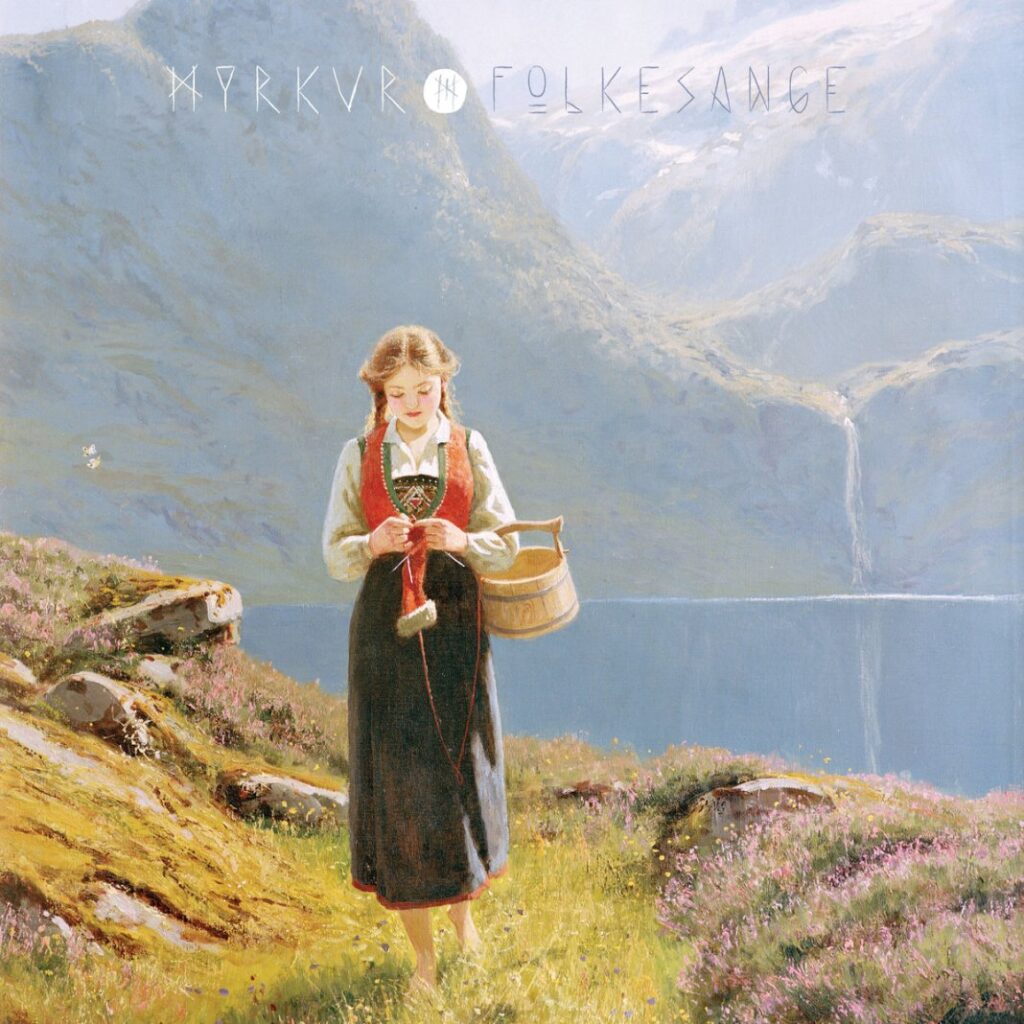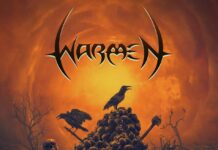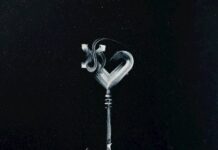Folk metal and music lovers have gotten a real treat since MYRKUR debuted in 2015 with “M.” The beginning of 2020 meant that this Danish folk artist would be releasing her third album, “Folkesange,” to eagerly-awaiting fans. The album was released today, on March 20th, 2020.
Dark folk, initially a term used interchangeably with such contemporary genres as neofolk and apocalyptic folk, now refers mostly to the sub-genre of neofolk which emerged in the late 1990s. It is a genre that is inherently characterized by the strong presence of melancholy and prominent use of traditional Nordic folk instruments such as nyckelharpa, hurdy-gurdy, lyre, and mandolin. Due to the obvious stylistic overlap, what with the dark lyrical themes and medieval, minor key cadences, dark folk is often related to metal, most notably black metal, with a few odd electronic music -laden offshoots like the Danish VALRAVN. One of the genre’s earliest and most important releases was the second studio album, “Kveldssanger,” by Norwegian black metal outfit ULVER, released in 1996.
The dark folk/black metal music project MYRKUR, of Danish singer Amalie Bruun, does expand the stylistic palette of black metal to great lengths too. Her most recent album, “Folkesange,” steps outside the box in such a way that it kind of relinquishes the strictly constrained black metal stall completely, and to a resonant effect. In this respect, MYRKUR seems to be a true kindred spirit to ULVER. “Folkesange” could very be the counterpart to ULVER‘s hauntingly beautiful 2007 album, “Shadows of the Sun.”
The canyon-sized, misty ambience on the album paired with the intimate presence of the vocals, has that particular hair-raising effect similar to, say, TENHI‘s magnificent 2011 album, “Saivo,” which remains their most ambitious effort to date. The contrast to MYRKUR‘s previous 2017 album, “Mareridt” could not possibly be more radical. In comparison, this new offering seems like an emotional sanctuary after the nightmare-induced visions of its predecessor – the dead calm after the storm. Notwithstanding the dark, deeply melancholic undercurrent. I don’t think there is such a genre as “Northern Gothic” yet, but if there was, MYRKUR‘s new album could very well be one of its epitome releases.
The album was produced by Christopher Juul from experimental folk collective HEILUNG, and he certainly did a great job at capturing each subtle nuance in Bruun‘s vocal delivery, ranging from the multi-tracked sopranos in “Gudernes Vilje” to the “kulning”-styled [“kulning” is a domestic Scandinavian music form, often used to call livestock down from high mountain pastures] herding calls in “Tor i Helheim.” The album is a journey into Scandinavian folklore with a haunting twist. Mythological fairytale wonders or stories of tragic love have never before been delivered with such a poignant and emotionally charged aura in the context of folk music. The album is pagan folk renaissance at its finest – excluding the track “House Carpenter,” which is a reading of a 1961 Bob Dylan outtake that was released on the artist’s bootleg series. The Joni Mitchell -feel of this rendition falls impressively well in line with the album’s overall mood.
From the opening heartbeats, played by framed drums in the intro to “Ella” to the cascading, impressionistic piano arpeggios in the closing track “Vinter,” the album maintains a firm hold of the soul. The choral harmonies, traditional folk – like the Danish folk from the 1600s – in the song “Ramund,” and a 1960s hippie folk curiosity all merge together into a beautiful tapestry of nyckelharpa drones, finger-picked mandolin lines, and the angelic voice of Amalie Bruun that has the power to conjure up even the ancient Gods of Norse mythology.
If the music on “Folkesange” is in striking contrast to MYRKUR‘s previous efforts, so is the album cover. The album lineage from the eponymous 2014 debut album to the previous black metal banquet of “Mareridt” was ornamented with cover art that was essentially dark. The cover of “Folkesange” resonates with an air of the late 1970s TV series Heidi, which was based on 17th century children’s fiction. It told the story of an orphaned girl living in the Swiss Alps in her paternal grandfather’s care. While “Folkesange” definitely has that pastoral elegy twist to it, I would say it still sounds a tad dark in such a context. The music on “Folkesange” has a constant tension between dark and light, which is exactly what makes it so captivating. It is an album of immense power and emotion.
Written by Jani Lehtinen
Musicalypse, 2020
OV: 2505
OS: 9/10
Tracklist
- Ella
- Fager som en Ros
- Leaves of Yggdrasil
- Ramund
- Tor i Helheim
- Svea
- Harpens Kraft
- Gammelkäring
- House Carpenter
- Reiar
- Gudernes Vilje
- Vinter
Lineup
Amalie Bruun – vocals, guitars, bass, keyboards, piano, organ, violin, nyckelharpa, percussion
Label
Relapse Records
Links
Recent posts
[recent_post_carousel design=”design-1″]





